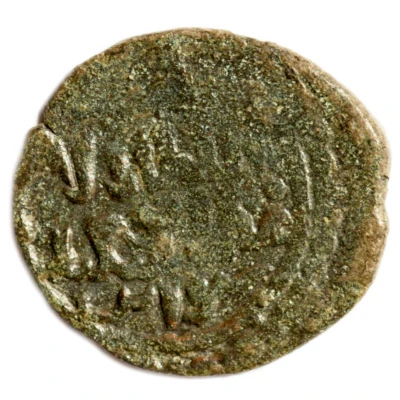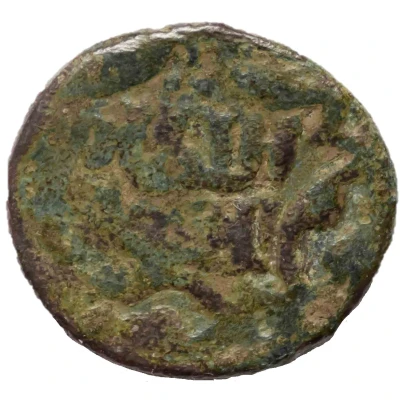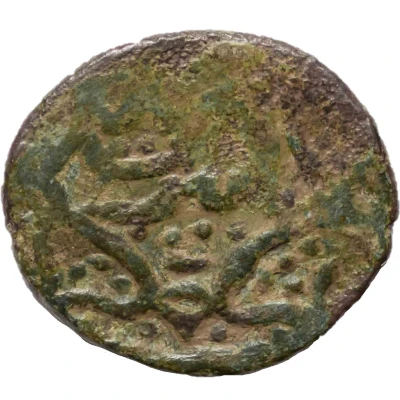


© Grinya (CC BY-NC-SA)
Fals - "Ilkhan" Abu Sa'id Siwas
722 (1316-1335) years| Copper | - | - |
| Issuer | Ilkhanate |
|---|---|
| Khan | Abu Sa'id Bahadur (1316-1335) |
| Type | Standard circulation coin |
| Year | 722 (1316-1335) |
| Calendar | Islamic (Hijri) |
| Value | 1 Fals (1⁄60) |
| Currency | Dinar (1256-1388) |
| Composition | Copper |
| Shape | Round (irregular) |
| Technique | Hammered |
| Orientation | Variable alignment ↺ |
| Demonetized | Yes |
| Updated | 2024-10-06 |
| Numista | N#301640 |
|---|---|
| Rarity index | 94% |
One interesting fact about the "Ilkhan" Abu Sa'id (Siwas) 722 (1316-1335) coin from the Ilkhanate is that it features a unique blend of Islamic and Mongolian influences in its design. The coin's obverse side features a stylized representation of the Mongolian emblem, the "soyombo," which is a symbol of the Mongolian nation and consists of a pair of golden wings, a crown, and a lance. The reverse side of the coin features a stylized representation of the Islamic crescent moon and star, which is a common motif in Islamic art and architecture. This blending of cultural influences reflects the diverse cultural heritage of the Ilkhanate, which was a Mongolian khanate that ruled over a vast territory that included present-day Iran, Azerbaijan, and parts of Turkey and Iraq.



